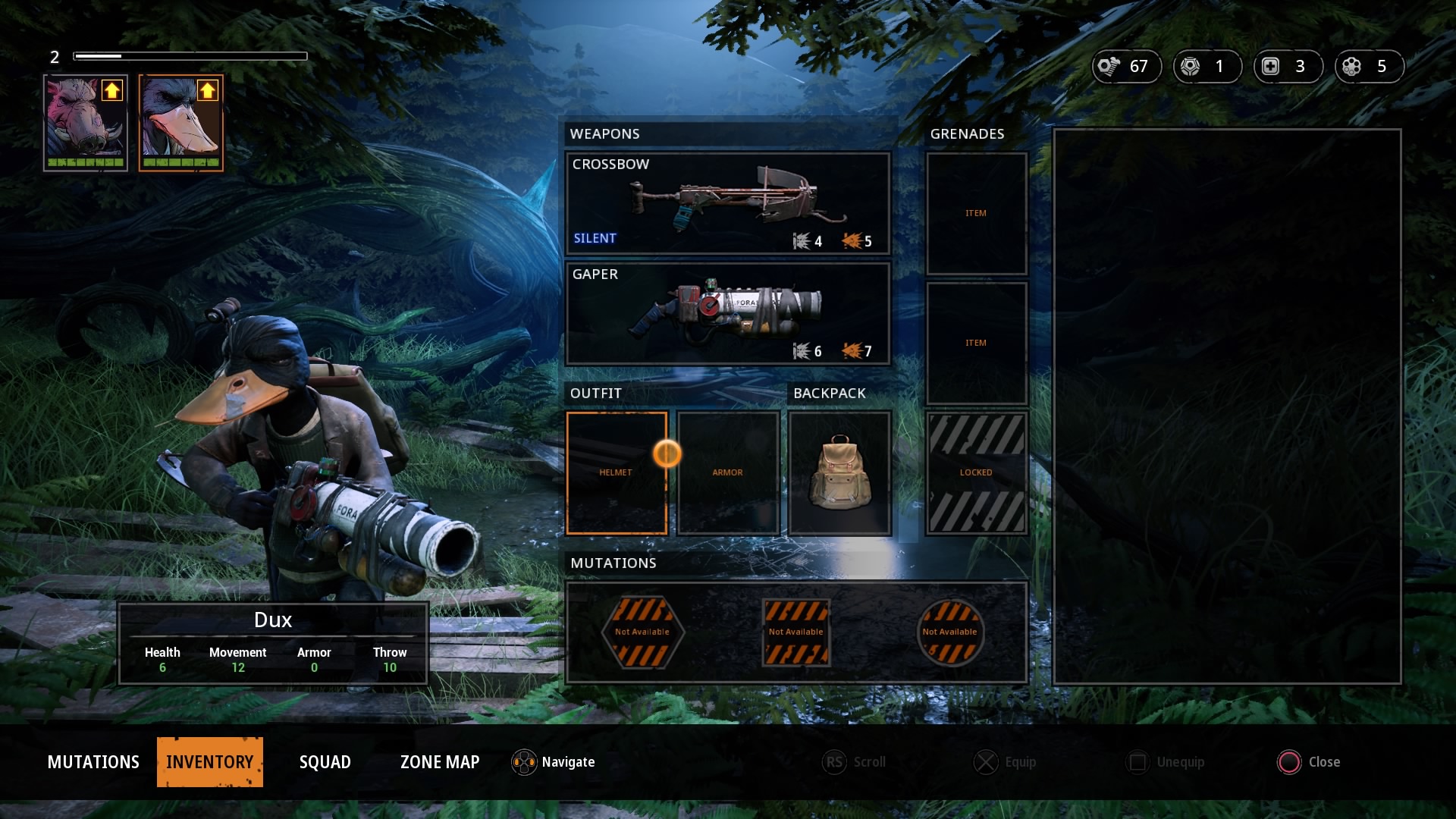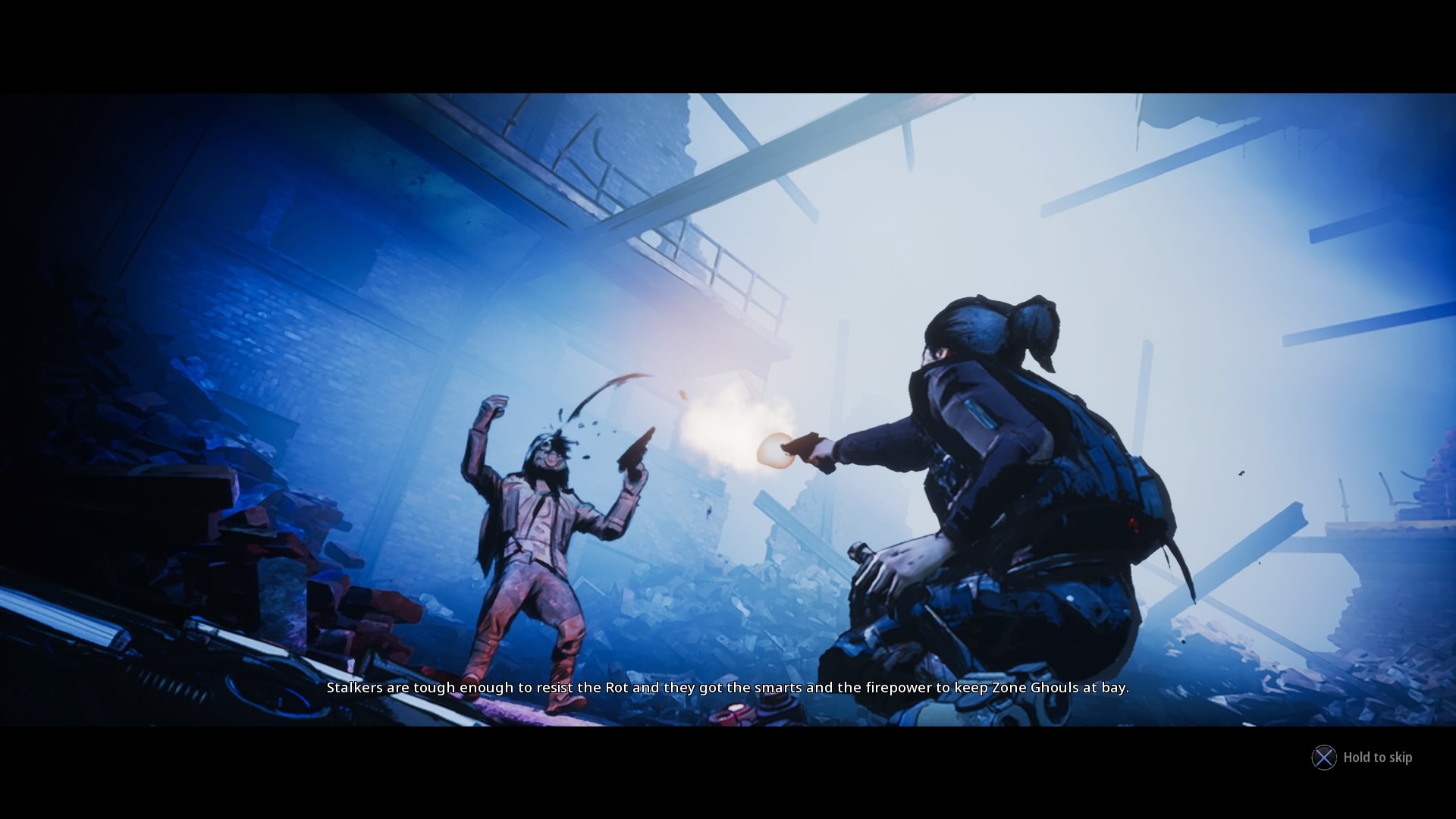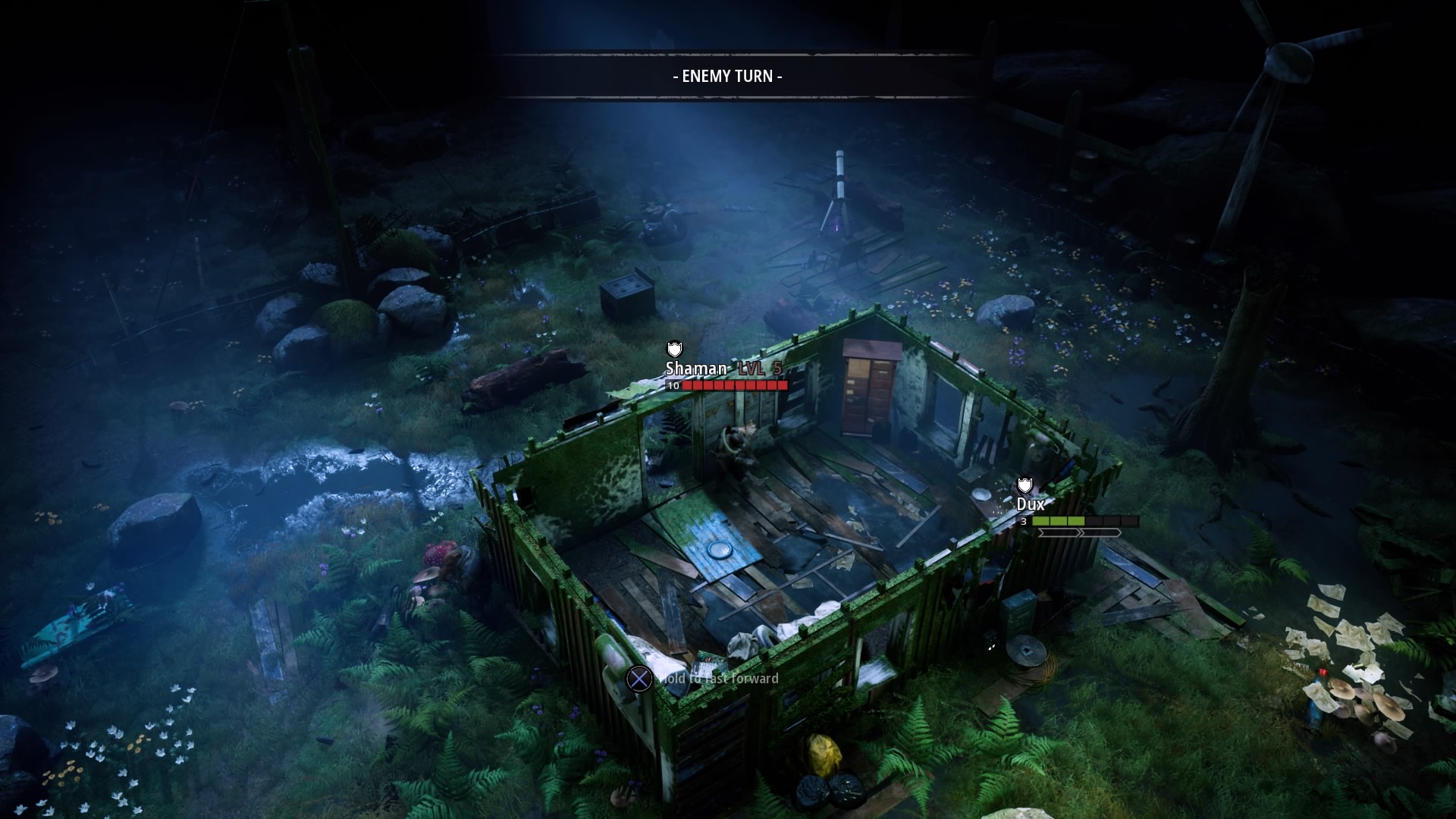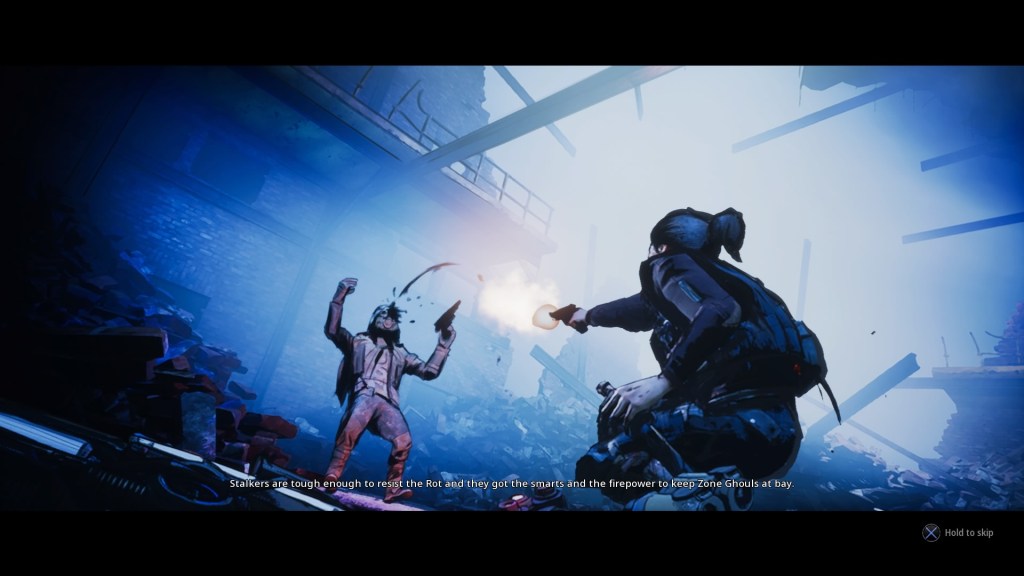
Call me crazy, but there’s just something about a traditional RPG on a home console that helps bring a franchise to life. Sure, there are plenty in the “pocket-protector lot” that are content to consume their Dungeons and Dragons armed with nothing but pen, paper, and wild imagination. Unfortunately, I am not one of them. For this reason, I’ve always found it interesting when other pen and paper RPGs make the jump to gaming consoles. One such game is Mutant Year Zero: Road to Eden, which is a progeny of the Mutant series, which dates all the way back to 1984. But the question remains, can the series’ material still feel relevant over 30 years later?
The End Is the Beginning
The world as we know it has come to an end. What remains are a mish-mash collection of quasi-creatures, all on the hunt for the finite resources needed to survive. So, what is a quasi-creature, you ask? What if I told you that the game started out revolving around an anthropomorphic duck and boar, named Dux and Bormin respectively? If you think that sounds weird, you ain’t seen nothin’ yet. These critters walk upright, converse fluently in English, and have a penchant for recreating the Big Bang, aimed directly down the gullet of their adversaries.
A vast majority of the combat mechanics, while feeling unique enough to stand on its own, still owes a huge debt to Firaxis’ XCOM franchise. The ability to zoom down into an over-the-shoulder, third-person perspective while ordering squad mates feels awfully familiar, which isn’t necessarily a bad thing. However, being in combat is only a portion of the overall action. When not engaged in direct tactical conflict, the squad freely roams around environments, hunting for salvageable materials, weapon parts, or health packs.
[imagebrowser id=8097]
The open traversal is where the I found the most enjoyable aspects of the game resides. During the exploration Dux and Bormin have an endearing dynamic that almost feels like a buddy-cop pairing. The back-and-forth bickering is goddamn hilarious and Dux especially reminded me of the sharp-witted, smartass attitude of Damon Baird from the Gears of War franchise. A vast majority of the narrative is conveyed through these adorably combative exchanges and a steady flow of noir-inspired animated cells. By the time that this game takes place, Max Payne would already be long dead, so I doubt he’d be upset that the development team shamelessly aped his primary exposition delivery vehicle.
What I found most amusing about the dialog was how both primary characters seemed clueless to the fact that they very obviously being taken advantage of. They did very little to push back against their leadership, which had decided that these two mutants were the only ones capable of performing the tasks they were assigned. The fact that the main protagonists were “simple,” was further driven home by how cluelessly they interpreted random objects that were left behind by, “The Ancients.” Not since The Little Mermaid have the true uses for objects been so dramatically incorrect. Eat your heart out, Scuttle!

Bring the Pain
Oddly enough, where most tactics-style action games would focus almost exclusively on keeping players in the combat arena, Road to Eden opts to do the exact opposite. Instead, it’s emphasized early on that stealth is also a perfectly adequate way to progress though each map. In fact, it’s encouraged to an insane level, due to the opposition’s drastically elevated levels and hit points. Granted, if you decide to embrace your inner cat burglar, while you may successfully be able to progress through the campaign, it can still have harshly negative aspects as well. Without the sweet, sweet release of bloodshed there is no way for characters to level up.
This almost feels like a situation where sneaking begets more sneaking. If you’re already under-leveled, it’s necessary to remain hidden in the name of survival. This in-turn continues to limit each character’s leveling progression. It’s a cyclical situation that requires a conscious effort in order to escape. That said, when you are desperately trying to avoid detection, the tension is palpable. Remember, unless an adversary spots a member of the squad, the entire team can move freely without engaging in combat. Well, unless you decide to throw caution to the wind and fire off the first strike. For those out there looking to take advantage of every combat opportunity possible, the sneaking stage can also be effectively used to scout enemy forces to get a general idea how ill-conceived each encounter will be.
Once a battle kicks off, this is where the tactics gameplay takes center stage. I would be reticent to say this is garden-variety combat when you are talking about an anthropized swine firing a shrapnel launching shotgun, but in the world of Road to Eden, it’s fairly run of the mill. The tactical gameplay plays out in a standard turn-based manner. What helps to set the battle mechanics apart from its peers in the genre is the UI. A tremendous amount of information is being thrown at the player at all times. Lines of sight, shot percentages, amount of cover, and even visibility are all key data points that are crammed on screen while choosing an offensive move. Fortunately, the HUD is laid out elegantly enough that once you become familiar with its ins-and-outs, it transforms from potentially overwhelming to downright streamlined.

Slightly Off Target
For everything that is done right in the presentation, the camera was still quite problematic. Despite having a free-roaming control that could be rotated by the player a full 360 degrees, there were still plenty of times where things like the clip-through outlining of a character model would not be visible through solid objects. Additionally, there were a handful of scenarios where the camera would completely wig out and suddenly think that all of my character models were literal miles away from where they should be on the map. Worse yet, these glitches could not be recovered from, as the focus point kept resetting to the incorrect position, even after being fixed. In this scenario it took a full restoring to a prior save state in order to resolve the issue.
Thankfully its very obvious PC lineage helped greatly, since it would allow for saves to be made at will. Another interesting byproduct of this would be the use of an actual cursor on the pause menu, which had its control mapped to one of the sticks. I can’t remember the last time I saw this, aside from the quirk-tastic Destiny 2 menu system. It isn’t necessarily a bad point, but it may be slightly off-putting to those familiar with traditional console menu navigation.
When you consider that Mutant Year Zero: Road to Eden came out of nowhere, the insanely polished tactics gameplay and charming characters are absolutely remarkable. If you’re looking for a darkly charming way to burn hours over the holidays, look no further than this apocalyptic hellscape. Who knew that the end of civilization as we know it could be so damn entertaining?
Mutant Year Zero: Road to Eden review code provided by publisher. Version 1.0 reviewed on a standard PlayStation 4. For more information on scoring please see our Review Policy here.
-
Very entertaining dynamic between the two main characters
-
In-combat UI is very well constructed
-
The sneaking mechanic is a welcome change from the traditional tactics formula
-
I wonder what they think a toilet is...
-
Camera glitches
-
Odd character motivations
-
AI can be rather punishing if not at the proper level





